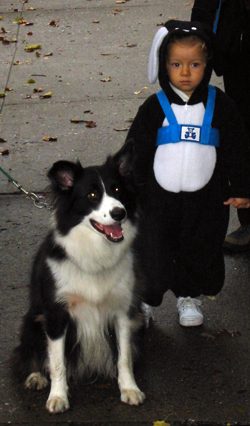This is one of three patterns of collaboration that entrench status quo.
“The unpredictable nature of collaborative cultures can lead administrators towards forms of collegiality which they can control, regulate, and tame.” 1

People in leadership roles often resist honest and open exchange. They don’t want change. They want it done their way. They fear loss of influence or status. They dislike confrontation. They feel external pressure. They are proud, defensive, in denial, or simply insecure.
With a courteous, professional veneer and a stated goal of collaboration, they suppress equal participation by:
- controlling the schedule, conversation, or process,
- withholding or misrepresenting critical information,
- defining the collaborative task or roles too narrowly,
- overly constraining allowed responses or behaviors.
Within an agile context, a product owner can prescribe a solution then use the agile planning to solicit a limited range of responses:
“Is it feasible?” “How long will it take?” “How much will it cost?”
All Scrum guarantees is that these questions will consider a manageable chunk of the application. But whether it’s a user story, minimum marketable feature or a full specification these questions fail to engage the life experience and passions of the team to addressing the core problem or opportunity.
Go on to create an environment where contrary thinking is a problem, define “buy in” as a lack of visible dissent and you’ve placed the development team in a black box they cannot see out of and you cannot see into.
Contrived collegiality leaves the product owner out on a limb. You’ve limited the chances of anticipating risks, redefining the opportunity in some dynamic way, and invention at any but the tactical level. Despite agile processes and a surface of collaboration, you are relying almost solely on your own abilities to avoid, as Mike Cohn says, “the wrong thing, on time and on budget.”
1 Hargreaves A. and Fullan M., What’s Worth Fighting for in Your School?, Teacher’s College Press, New York, 1991.




